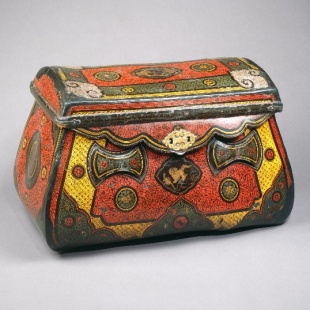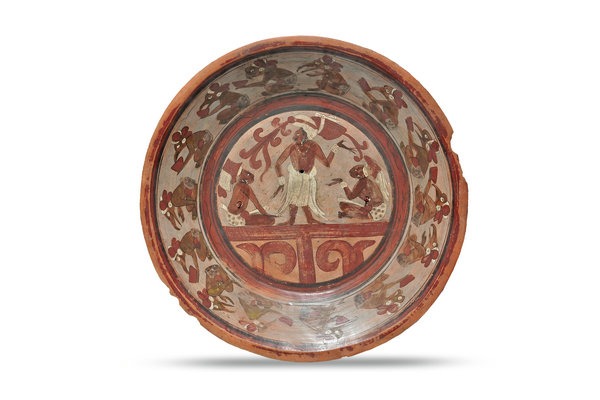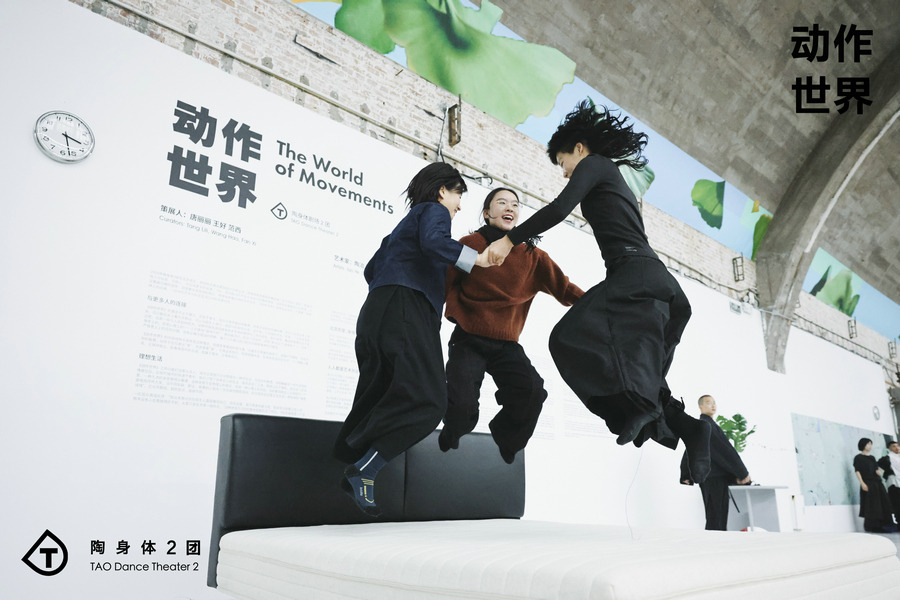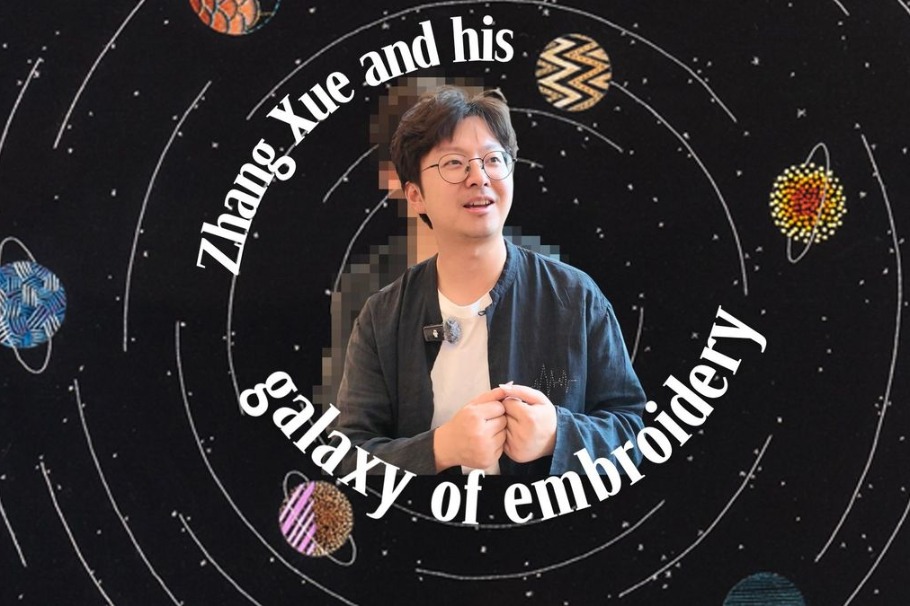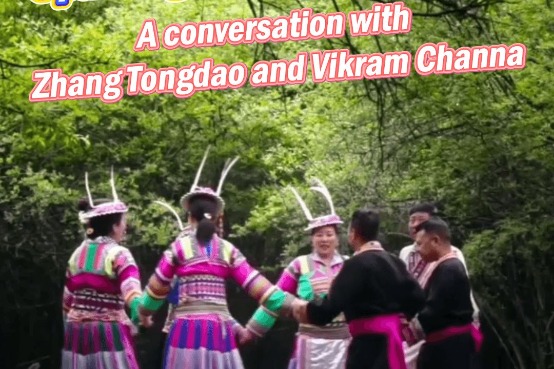Sights, sounds and scents from a sparkling thread

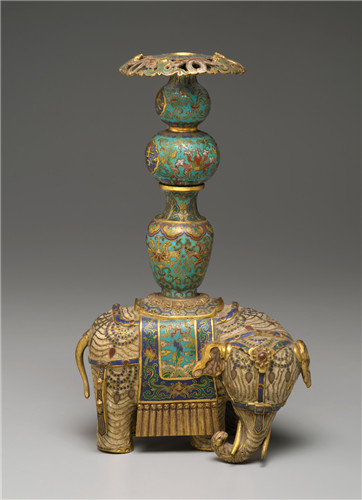
More often, a single object holds multiple clues, shedding light on the truly international nature of the trade going on at the time.
A 10th-century ceramic ewer sports a phoenix head that points to the influence of Sasanian gold and silver wares, a much sought-after luxury on the Silk Road. Meanwhile, its full body of fine white clay asserts its noble association with the royal kiln of Jingdezhen, as opposed to other, less-celebrated ones in China's coastal south.
It came into the museum collection in 1954, and the person who donated it said that it originally came from Indonesia, Beningson said.
"Maritime trade between China and Southeast Asia was greatly expanded in the late 10th century, when the Tang Dynasty was replaced by its successor, Song."
Here two story lines, the terrestrial Silk Road and what is dubbed today in China as the Maritime Silk Road, intersected.
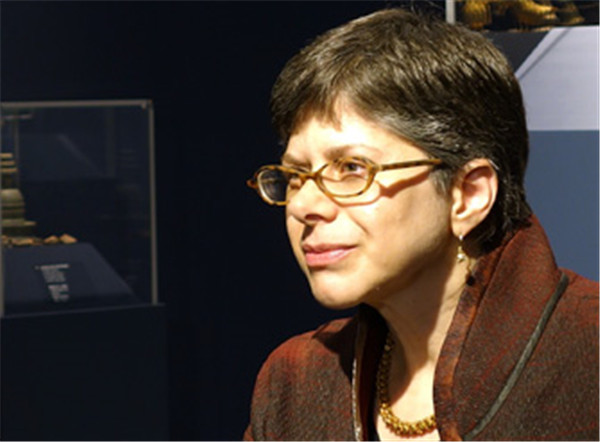
Having done training sessions with primary schoolteachers from Brooklyn last summer, Beningson is well aware of the impact a museum visit may have on children.
"When they come into the museum, that might be their first exposure to China.… I really want to use art to tell stories about Chinese history and civilization. I want to hook them young. If they get very excited about China now, it may stay with them for their whole life, like what has happened with me."
The Brooklyn public schools in the third grade have a unit on Tang Dynasty Silk Road and global, Beningson said.
"Our exhibition in that part is organized for them."
Pearl Lau, who has taught art in Brooklyn for 18 years, and who recently retired as an elementary schoolteacher, has taken part in the museum's Summer Teacher Institute partly presided over by Beningson.
"It's important to know as a forming human that the whole world is responsible for what we take for granted," Lau said.
"Invent writing? China, Egypt, Maya and Sumeria. Invent the zero? Arabic and Mayan people. Ideas are exchanged, and the Silk Road offers the perfect example of trade and culture and gets students to think, for example, what kinds of instruments were introduced along the path and why. In the meantime, such study empowers minority students including the Chinese and Muslims, as it created a 'Wow!' from the kids who have been learning about their American-European culture all along."
Animals have a big role to play, Lau said.
"What better way to hook kids than to talk about animals? I introduced how to travel across the desert with your camel, packing enough water for the horses from the Pamir mountains, meeting dancing girls in Kashgar, what instruments you would be playing, etc."
Beningson herself has envisioned school students doing animal-themed tours inside the gallery, with items ranging from ram mat weight and elephant cloisonne to a goose-shaped bronze wine jar, whose crooked neck and tentatively uplifted head vividly conveys the bird's agility and timidity.


